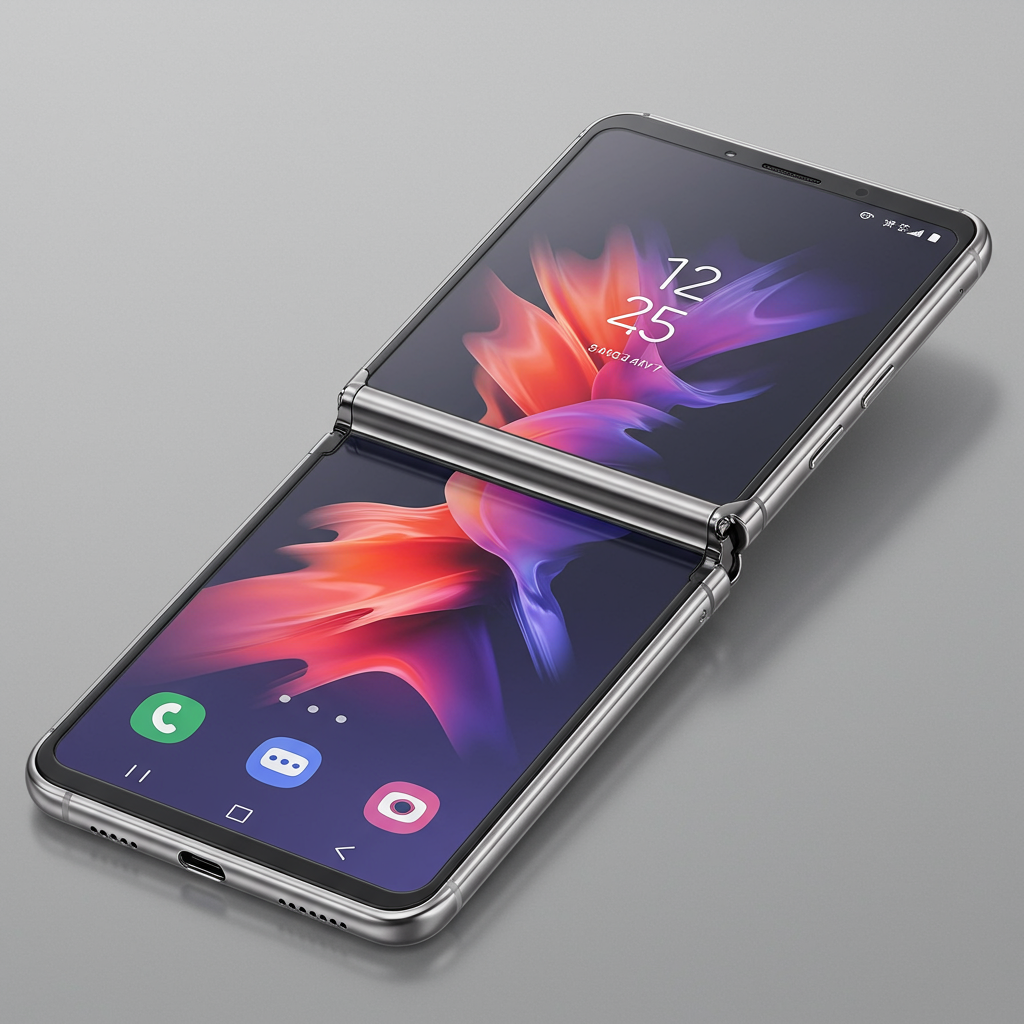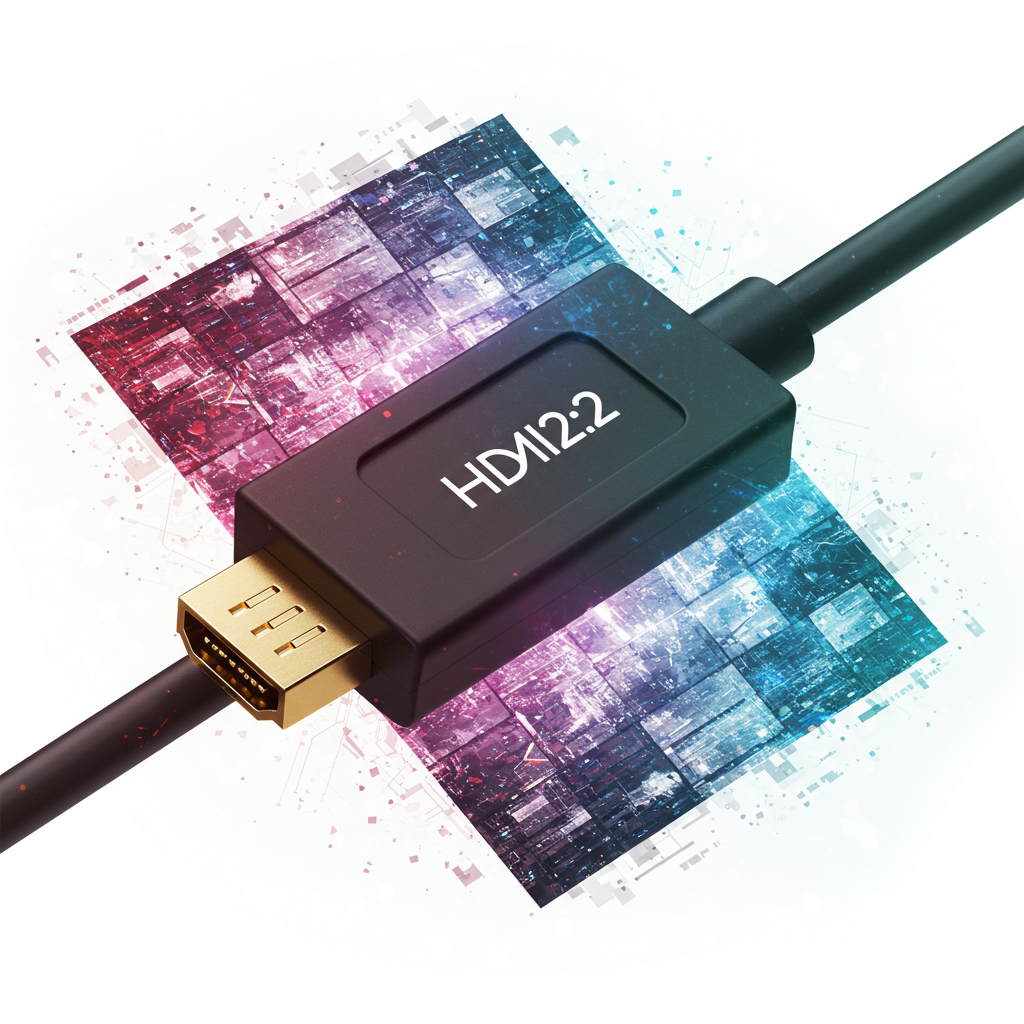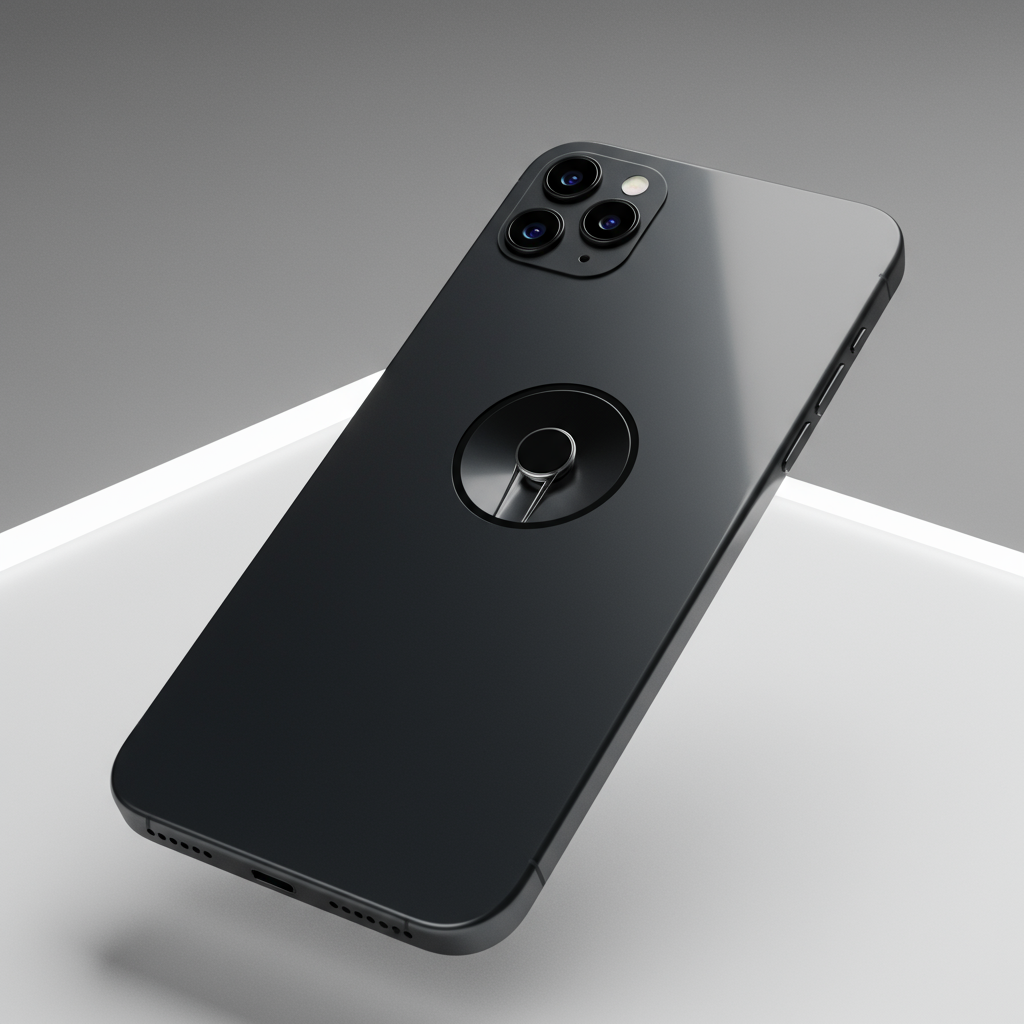The Samsung Galaxy Z Flip 7 arrives as a refined contender in the burgeoning foldable phone market, promising a more compact, enduring experience. This latest clamshell smartphone boasts significant hardware enhancements, particularly in its displays and battery longevity, yet it faces scrutiny for holding back on camera innovations and optimizing its unique software features. Is the Z Flip 7 the foldable leap forward you’ve been waiting for, or does it leave key advancements for future iterations? Priced starting around $1,100, understanding its strengths and weaknesses is crucial for potential buyers.
Evolution of a Compact Icon
Samsung’s commitment to refining its foldable line is evident in the Galaxy Z Flip 7. From its sleeker dimensions to its reimagined external display, this device aims to blend flagship performance with an undeniable sense of style. The design updates are subtle yet impactful, demonstrating Samsung’s engineering prowess.
Slimmer Profile, Stronger Build
Remarkably, the Galaxy Z Flip 7 manages to be even thinner than its predecessor, a testament to clever internal design. Measuring just 6.4mm (0.25 inches) unfolded and 13.7mm (0.54 inches) when closed, it sets a new benchmark for the Flip series’ svelteness. This reduction in thickness, achieved despite integrating larger screens and a more substantial battery, aligns it with the thinness of traditional flagships like the Galaxy S25 Edge. The hinge mechanism also feels more robust, closing with a satisfying “thunk” that instills confidence in its durability. While the display crease remains, new foldable users will likely find it largely unnoticeable in daily use.
Revolutionizing the External Display (Flex Window)
One of the Z Flip 7’s most striking upgrades is its expanded front display, now officially called the Flex Window. Growing from 3.4 inches to a generous 4.1 inches, it finally matches the size offered by some rivals. This bright, vivid AMOLED panel is interrupted only by two camera cutouts. Crucially, the Flex Window now supports a fluid 120Hz refresh rate and can reach an impressive peak brightness of 2,600 nits, mirroring the Galaxy S25 Ultra. These improvements make glancing at notifications or widgets significantly clearer, even in direct sunlight. Samsung achieved its thinnest bezel yet (1.25mm) by applying a waterproof coating to internal components, pushing the display closer to the edges.
An Expansive Inner View
The main foldable screen also sees a notable increase in size, expanding from 6.4 inches to 6.9 inches. Samsung wisely shifted its aspect ratio closer to a more conventional 21:9, improving how video content fits the screen. While this new ratio is beneficial for media consumption, the increased overall screen size unfortunately means that reaching the upper corners with one hand can still be a challenge. It’s a trade-off between immersive viewing and single-handed ergonomics.
Performance & Endurance
Beyond its elegant design, the Galaxy Z Flip 7 houses significant internal upgrades that translate to a more fluid and long-lasting user experience. The combination of a new processor and a larger battery delivers tangible improvements.
Power Under the Hood
Powering the Z Flip 7 is Samsung’s new homemade 3nm Exynos 2500 processor. This chip provides robust performance, handling demanding tasks like gaming, complex Galaxy AI features, and multitasking with ease. The phone maintains a smooth operation without noticeable sluggishness. However, heavy usage, particularly during extended camera sessions or navigation with GPS, can cause the device to warm up, a common trait among high-performance smartphones.
Unprecedented Battery Life
Perhaps the most impressive feat of the Z Flip 7 is its drastically improved battery life. Despite its slimmer profile, Samsung managed to fit a larger 4,300mAh battery, a 300mAh increase from the previous model. This, combined with the new processor’s efficiency, results in a substantial leap in longevity. In continuous video rundown tests, the Z Flip 7 impressively lasted 18.5 hours—a significant jump from the Flip 6’s 13 hours. Real-world usage confirms this; even with heavy testing, users can comfortably expect a day and a half of power before needing to recharge.
Charging: A Familiar Bottleneck
Despite the impressive battery endurance, the Z Flip 7 still relies on a 25W wired charging speed, which Samsung labels “Super Fast Charging.” While adequate, this speed feels underwhelming for a premium device in a market where many competitors offer 45W or even higher charging capabilities. A full charge will take longer than some rival flagships, slightly diminishing the convenience factor after such a strong showing in battery longevity. Wireless charging is also supported, though specific speeds were not detailed.
The Camera Conundrum
For all its advancements, the Galaxy Z Flip 7 largely carries over its camera hardware from the previous generation, presenting a familiar set of capabilities that, while competent in optimal conditions, feel dated compared to Samsung’s other flagship offerings.
Familiar Lenses, Mixed Results
The Z Flip 7 features a dual camera setup: a 50-megapixel f/1.8 primary sensor with optical image stabilization (OIS) and a 12MP ultra-wide lens with a 123-degree field of view. An internal 10MP selfie camera is also present. The best photos emerge in well-lit environments, showcasing Samsung’s characteristic vibrant colors. Night Mode performs admirably for capturing nighttime scenes, though it can sometimes result in an over-processed look, particularly on skin tones. The default resolution is 12.5-megapixels, with a 50MP option available for those seeking maximum detail and a steady hand. A significant limitation remains the absence of a dedicated telephoto lens, restricting optical zoom to a 2x crop. Users prioritizing superior camera performance in a foldable should consider the Z Fold 7 series, which boasts a powerful 200MP main camera.
Beyond Stills: Video Improvements
While still images largely remain consistent, video capture does see a welcome upgrade. The Z Flip 7 can now record video in 10-bit HDR, up from 8-bit. This enhancement promises greater color accuracy and detail in video footage. The unique form factor still allows for a fun, retro camcorder-style grip, making video recording a more enjoyable experience.
Software Smarts & Flex Window Potential
The software experience on the Z Flip 7, particularly concerning its expanded Flex Window, shows a mix of promising new features and persistent limitations. Samsung has integrated some intelligence, but there’s still untapped potential.
New Features, Unlocked Potential
Samsung has brought new software additions from its S25 series to the Z Flip 7. The “Now Bar” functions similarly to Apple’s Dynamic Island, displaying live, time-sensitive information like fitness metrics, weather updates, or ride-share status. This allows users to access pertinent information without fully unfolding the device. Integration with Google’s Gemini Live also enables voice interactions directly from the Flex Window, offering hands-free convenience. Additionally, during selfie capture using the Flex Window, interface icons cleverly float out of the way, and live filter previews are now available for a more streamlined photo experience.
Flex Window: Bridging the Gap
Despite the larger Flex Window, Samsung’s software evolution for it feels somewhat conservative. While a few key apps are officially supported, most third-party applications still require the Samsung-made “Multistar launcher” to run on the outer display. This “fussy implementation” means that the user experience isn’t always seamless, as apps aren’t always tailored for the smaller screen. There’s clear potential for deeper integration and expanded native app support to truly unlock the Flex Window’s utility.
Addressing the Gaps: What’s Still Missing?
The Galaxy Z Flip 7 is undeniably a polished foldable smartphone, yet it falls short of being a category-defining device due to certain omissions. The stagnant camera technology and the underutilized Flex Window software are the primary areas where “something’s missing.” For a device pushing innovation in form factor, the lack of significant advancements in its imaging capabilities or a truly revolutionary external screen experience holds it back from achieving its full potential. While its improved battery and design are commendable, these areas represent missed opportunities to truly redefine the compact foldable experience.
Frequently Asked Questions
What are the key hardware upgrades in the Samsung Galaxy Z Flip 7?
The Samsung Galaxy Z Flip 7 introduces several significant hardware improvements. Its Flex Window (front display) has expanded from 3.4 inches to a more usable 4.1 inches, now featuring a fluid 120Hz refresh rate and a high peak brightness of 2,600 nits. The main internal screen has also grown to 6.9 inches with a more video-friendly 21:9 aspect ratio. Despite these larger displays, the device is notably thinner than its predecessor at 6.4mm unfolded. Crucially, the Z Flip 7 houses a larger 4,300mAh battery, leading to significantly improved longevity compared to previous models.
Should I upgrade to the Samsung Galaxy Z Flip 7 if I own a previous Flip model?
Upgrading to the Galaxy Z Flip 7 depends on your priorities. If battery life, a larger and brighter external display, and a slimmer design are key for you, the Z Flip 7 offers substantial improvements. The new Exynos 2500 processor also provides a performance boost. However, if camera quality and fast charging speeds are your primary concerns, the Z Flip 7’s camera hardware remains largely unchanged, and its 25W charging speed is still slower than many flagship phones. Consider if these specific advancements outweigh the lack of camera innovation for your daily use.
How does the Z Flip 7’s camera compare to other Samsung flagships?
The Galaxy Z Flip 7’s camera system, featuring a 50MP primary and 12MP ultrawide lens, performs well in good lighting but lacks the versatility and advanced features found in Samsung’s current top-tier flagships. Unlike the Z Fold 7, which boasts a 200MP main camera, or the Galaxy S25 Ultra, the Z Flip 7 does not include a dedicated telephoto lens, limiting optical zoom to 2x. While video capture sees an upgrade to 10-bit HDR, for users seeking the absolute best camera performance in a Samsung device, the Z Fold series or the S-series flagships remain the superior choice.
Conclusion
The Samsung Galaxy Z Flip 7 solidifies its position as a highly refined compact foldable. It impresses with its engineering marvels, including a slimmer design, significantly improved battery life, and a more expansive, vibrant Flex Window. These enhancements make it a more practical and enjoyable daily driver than ever before. However, the decision to maintain the previous generation’s camera hardware and the continued underutilization of the Flex Window’s software potential leave a lingering sense that Samsung could have pushed the envelope further. For those seeking a stylish, durable, and compact phone with exceptional battery life and a glimpse into the future of mobile, the Z Flip 7 is a strong contender. But if cutting-edge camera technology and seamless external screen functionality are paramount, you might find yourself waiting for the next iteration.




